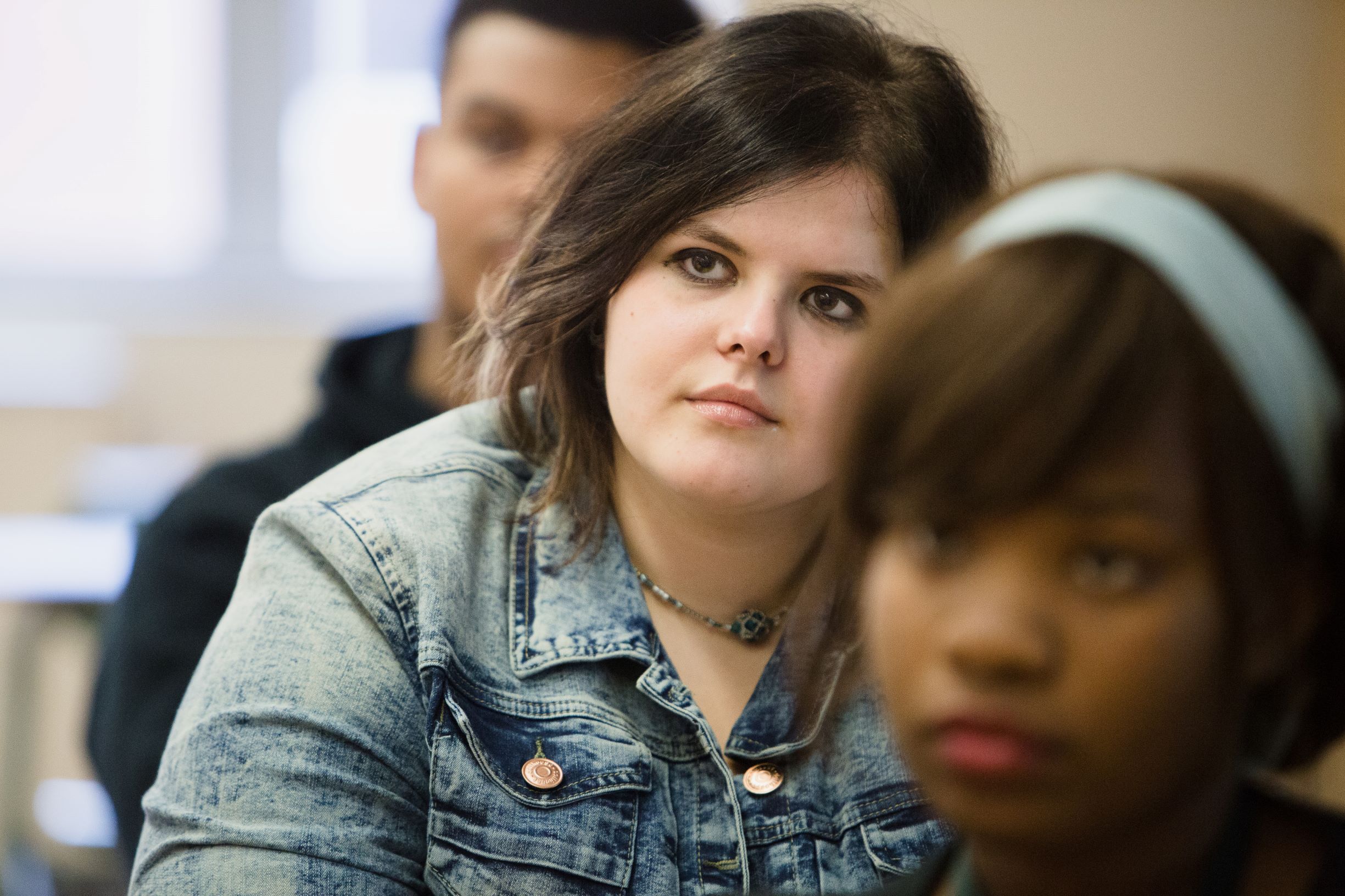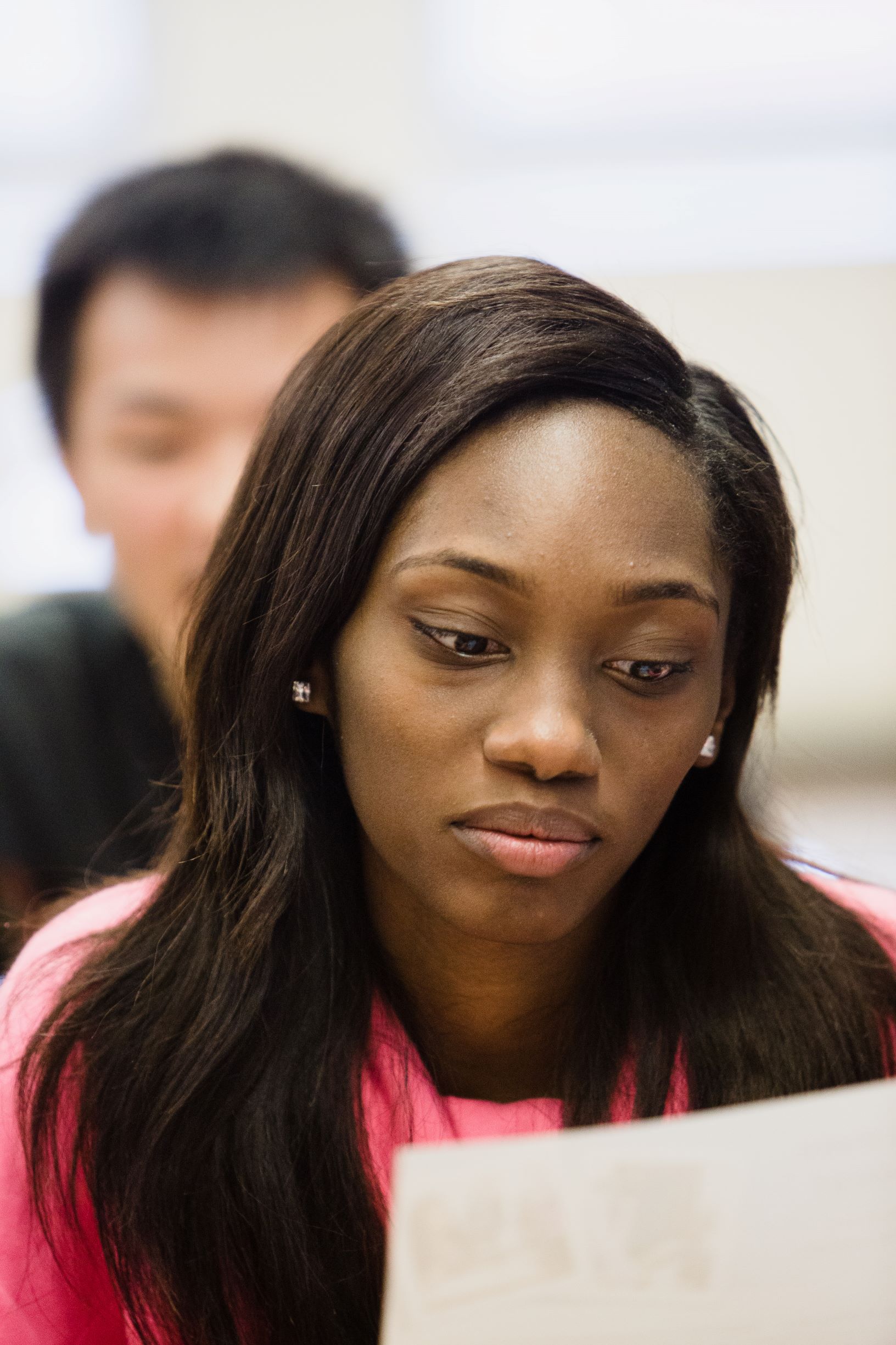Truvilla wants to break the cycle
by Brenda Campbell, President and CEO, SecureFutures
Recently, Next Gen Personal Finance put out a nationwide study of 13 million students across 11,000 high schools, in which they took a comprehensive look at financial education and its impact. One sentence especially caught my eye:
“Financial education is an underutilized weapon in the fight against the American cycle of poverty.”
 This isn’t new information to our team at SecureFutures – over our twelve years of existence, we’ve seen numerous students use what they’ve learned in our programs to combat the harmful patterns of generational poverty. But it’s good to see significant research findings supporting the importance of financial literacy, particularly for students from low-income backgrounds.
This isn’t new information to our team at SecureFutures – over our twelve years of existence, we’ve seen numerous students use what they’ve learned in our programs to combat the harmful patterns of generational poverty. But it’s good to see significant research findings supporting the importance of financial literacy, particularly for students from low-income backgrounds.
There’s a big push right now around the country towards making financial education a requirement for high school students. I’m grateful we live in one of the few states that has implemented a financial education mandate – this means more students will at least be exposed to the basics of financial knowledge.
However, it’s one thing to hand students a stack of dry information and another thing entirely to support them in connecting that information to the decisions they make every day, in ways that could truly break the cycle. Our goal at SecureFutures has always been to help students make specific, concrete behavioral changes, setting good financial habits that have the potential to change the way their futures play out.
There’s a gap between basic financial education – what legislation means by “financial literacy” – and true financial capability, the kind that can change lives. I think the difference comes down to how we present the information and the ways in which we empower students to actually incorporate it into their day-to-day decision-making.
Things like getting a home loan or saving for retirement seem so abstract and distant to a 17-year-old. That knowledge still matters, but it is so important to give students an opportunity to put good financial habits into practice now. That’s why, in our programming, we emphasize behaviors like opening a bank account, avoiding the use of check cashing stores, setting savings goals, and using a monthly budget. These are things our students can do immediately, and those of us who have been through some of the financial mistakes and financial successes of adult life know how profound a difference these habits can make.
 Every time I have the privilege of delivering one of our lessons in the classroom, I end our time together by asking each individual student, “What is one thing you’re going to do differently because of what you learned today?” Many of the responses are similar: students say they’re going to save more, start a budget, or be more careful with their spending. The real eye-opener usually happens when I ask the follow-up question: “Why?”
Every time I have the privilege of delivering one of our lessons in the classroom, I end our time together by asking each individual student, “What is one thing you’re going to do differently because of what you learned today?” Many of the responses are similar: students say they’re going to save more, start a budget, or be more careful with their spending. The real eye-opener usually happens when I ask the follow-up question: “Why?”
I’ll never forget Truvilla, a student at an MPS alternative school that served students coming back from difficult life events like a pregnancy or time spent in a correctional facility. Truvilla was that kid – every presentation, she’d be at the edge of her seat, soaking up everything that we talked about, taking copious notes.
At the end of the last session, I asked the question: “What is one thing you’re going to do differently?” Truvilla couldn’t keep it to one – she talked enthusiastically about starting an emergency fund, committing to saving, taking action to ensure her financial stability.
Then I asked, “Why?”
“I have two kids,” she responded. “I don’t want them to struggle the way I have. I want to build a better life for them.”
We do the work we do for Truvilla and for her kids. I believe our programs, with their focus on financial capability, really can break the cycle.



